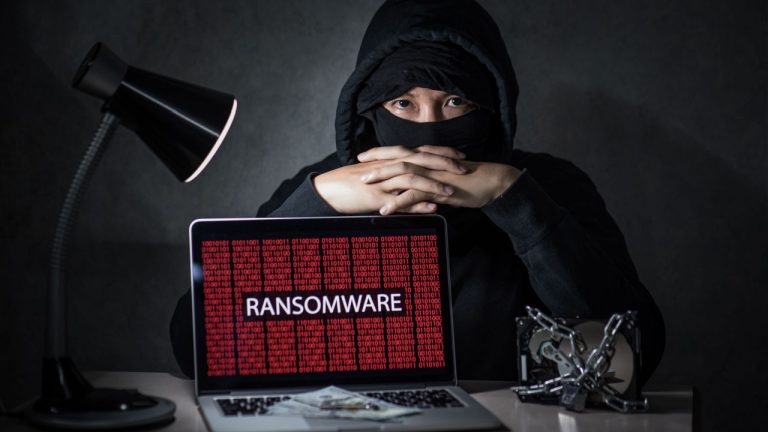
Elliptic’s statement was framed as a rebuttal to recent articles and letters circulating among the media and U.S. lawmakers this month.
Blockchain forensic firm Elliptic says there’s “no evidence” that Hamas is receiving a significant volume of cryptocurrency donations to fund its attacks against Israel.
“There is no evidence to support the assertion that Hamas has received significant volumes of crypto donations,” Elliptic said in an Oct. 25 statement. The amounts raised “remain tiny,” the firm added.
Elliptic’s statement was framed as a rebuttal to recent articles and letters written by The Wall Street Journal and United States lawmakers, which the firm says had misinterpreted data to make the case that cryptocurrency is widely used to fund Hamas’ "terrorist” activities.
As an example, Elliptic pointed to a “prominent” Hamas cryptocurrency fundraising campaign, operated by Gaza Now, a pro-Hamas news outlet, which has only raised $21,000 since the Hamas attack on Israel on Oct. 7.
Of the $21,000 raised, $9,000 was frozen by stablecoin issuer Tether, while another $2,000 was frozen after it was sent to a cryptocurrency exchange — presumably to cash out, Elliptic noted.
Setting the record straight on crypto crowdfunding by Hamas https://t.co/1tZrE1C43V
— Elliptic (@elliptic) October 25, 2023
Elliptic said it reached out to WSJ to correct a statement that initially claimed that over $130 million in cryptocurrency was raised by Hamas and Palestinian Islamic Jihad between Aug. 2021 and June 2023. WSJ later revised the statement to say “as much as $93 million” in an Oct. 10 update.
The WSJ article had been cited in a letter written by Elizabeth Warren and over 100 other U.S. lawmakers to the White House and U.S. Department of the Treasury on Oct. 17.
Warren and other lawmakers argued that cryptocurrency poses a “national security threat” to the U.S. and its allies and that Congress and the Biden administration must take “strong action” to thoroughly address risks with cryptocurrencies in facilitating illicit activity before it can be used to finance another “tragedy.”
However, Elliptic reiterated that its data was misinterpreted:
“Over the past two weeks, politicians and journalists have portrayed public crypto fundraising as a significant source of funds for Hamas and other terrorist groups, but the data simply does not support this.”
— Caitlin Long ⚡️ (@CaitlinLong_) October 25, 2023
~20% of US Congress signed a letter based on incorrect facts. Elliptic just corrected the facts. Will @WSJ & the ~20% of Congress correct their statements now?@nic__carter, thank you for demanding truth here, and holding power accountable for misstatements of fact https://t.co/TazXQnjjgW
On Oct. 18, blockchain forensics firm Chainalysis also posted a blog attempting to address supposed misconceptions circulating in the media. One particular wallet highlighted by media reportedly received $82 million across 7 and a half months, but Chainalysis explained that of that, only $450,000 was transferred to a known terror-affiliated wallet.
Meanwhile, Elliptic also noted that in April 2023, Hamas suspended cryptocurrency fundraising conducted through Bitcoin (BTC), citing a “concern about the safety of donors and to spare them any harm.”
Related: Criminals more reliant on cross-chain bridges than ever after mixer crackdowns
In 2021, Israel’s National Bureau for Counter Terror Financing also began issuing seizure orders for cryptocurrency wallets tied to Hamas and worked with exchanges to freeze accounts used by them.
These events suggest cryptocurrency isn’t an ideal means to facilitate terrorism fundraising, Elliptic argued:
“This illustrates the weakness of crypto as a terrorism fundraising tool. The transparency of the blockchain allows illicit funds to be traced, and in some cases linked to real-world identities.”
Cointelegraph reached out to WSJ for comment but did not receive an immediate response.
Magazine: US enforcement agencies are turning up the heat on crypto-related crime







